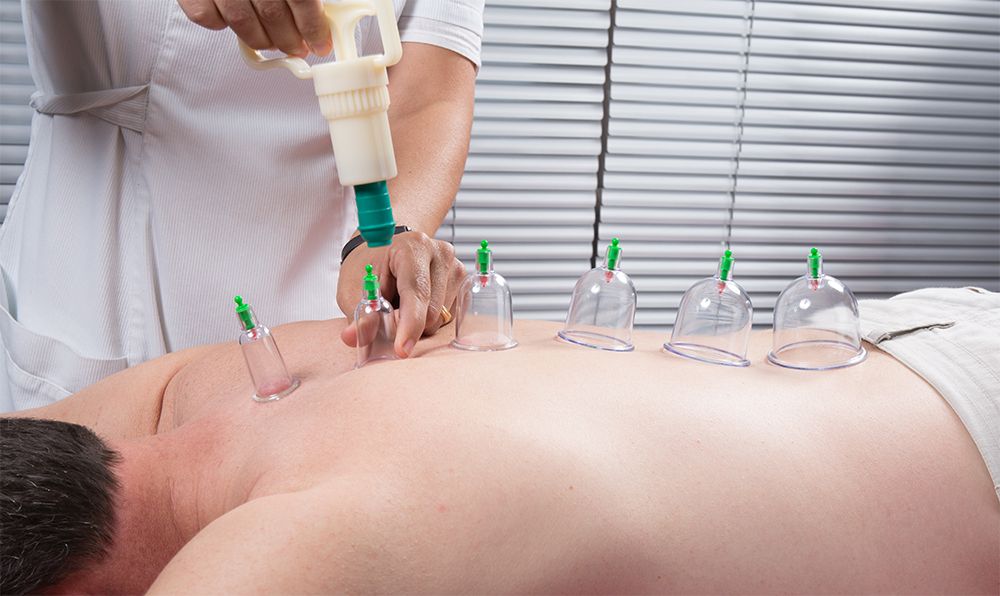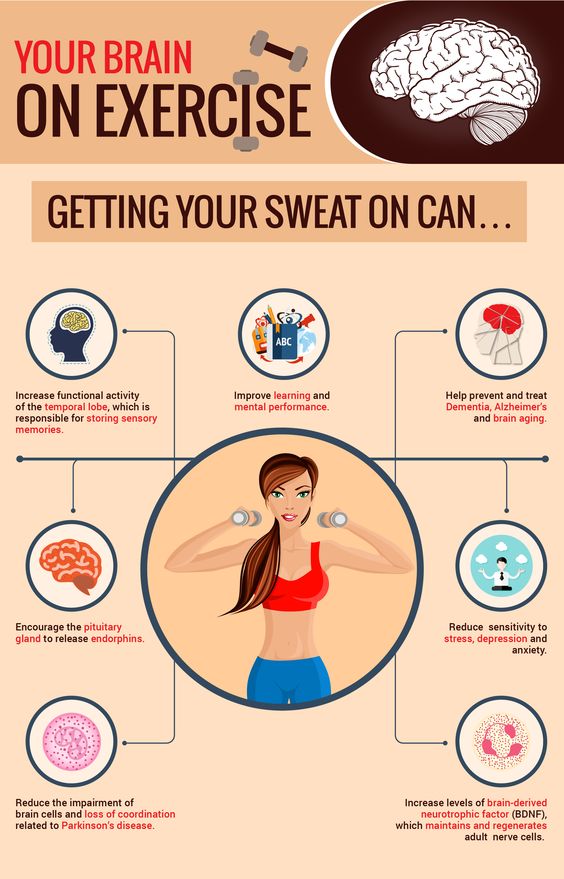Every person more or less , somewhere in their lives suffer from mental illness. Some people seek medical health and some don’t. And some cannot seek medical help because of the so called social stigma about mental health. We desperately suggest you guys to take a medical help if your symptoms are severe. But, here are some natural ways to improve your mental health. Lets get started!
1. Acupuncture.
Acupuncture is a form of alternative medicine in which thin needles are inserted into the body. It is a key component of traditional Chinese medicine. After which it will be stimulated by a stimulating machine.
Acupuncture is an ancient form of traditional Chinese medicine. It works on the principle of stimulating points in the body to correct imbalances in the flow of energy (Qi) through channels known as meridians. This belief is based on the interaction of the five elements (wood, fire, earth, metal and water) and having profound effects on internal organs, which are either yin or yang.
Traditional Chinese medicine also recognizes the mind and body interacting as one, meaning that emotions have a physiological effect on the body. Five emotions are represented by the five elements:
- Water (fear)
- Wood (anger)
- Fire (happiness)
- Metal (grief).
- Earth (worry)
Acupuncture has no side affects reported till now. Needles are fully sterilised and new.

Acupunture to improve mental health.
a) Anxiety
Acupuncture relates anxiety to an imbalance of the heart and kidney. Fire represents the heart and joy according to the five elements. The diagnosis is that too much heat in the heart will imbalance the interaction with the kidney (represented as water and fear). This will result in the water organ failing to contain the fire organ rising up to the mind, leading to anxiety. Acupuncture on points around the heart, kidney, spleen and ear are used to treat anxiety.
In a comprehensive literature review appearing in a recent edition of CNS Neuroscience and Therapeutics, it was proved that acupuncture is comparable to cognitive-behavioral therapy (CBT), which psychologists commonly use to treat anxiety (Errington-Evans, 2011). Another study published in the Journal of Endocrinology in March 2013 discovered stress hormones were lower in rats after receiving electric acupuncture (Eshkevari, Permaul and Mulroney, 2013).
b) Depression
Depression is considered to be a problem with circulating Qi around your body, according to traditional Chinese beliefs. The main organ responsible for circulating Qi is recognized as the liver with the heart and spleen playing supporting roles. The most common acupuncture treatment used to increase the flow of Qi is known as The Four Gates. This involves stimulating source points on both hands between the thumb and index finger and both feet between the big toe and second toe.
2. Cupping Therapy
Cupping therapy is an ancient form of alternative medicine in which a therapist puts special cups on your skin for a few minutes to create suction. People get it for many purposes, including to help with pain, inflammation, blood flow, relaxation and well-being, and as a type of deep-tissue massage.
The cups may be made of:
- Glass
- Bamboo
- Earthenware
- Silicone

Cupping can be very relaxing to the body and the mind. Cupping is usually performed in a very relaxing and calm atmosphere. the special cups are going to be heated by a cotton drenched using a flammable substance. The cups are placed on the back of the client. It will likely be left there for at the very least 3 minutes until the blood will appear by way of the surface on the skin. The blood that is definitely drawn at the surface of your skin will aid get rid of the toxins in your body and will let your blood and power to flow freely. The distribution of blood and power are going to be balanced. The body will get its sufficient supply to make your organs function well. You might get relief from discomfort that could be a source of one’s tension at the same time. As the body improves the circulation of blood and energy, pressure will also be relieved. The discomforts will probably be relieved, creating you really feel greater general.
Cupping therapies are very relaxing. It is often used to treat anxiety, chronic pain and insomnia. By relaxing the body, it can help relax the mind, triggering a positive hormonal response, which can greatly affects a person’s mood.
3. Naturopathy
Naturopathy, or naturopathic medicine, is a modality that is based on the healing power of nature. A holistic system, meaning that the practitioner strives to find the cause of your “dis-ease” by understanding your body, mind and spirit and combine a variety of therapies including nutrition, behaviour changes, herbal medicine and acupuncture to aid you in healing.
Naturopathy can be divided into two areas of focus; supporting the body’s own healing abilities & empowering people to make lifestyle changes for better health.

When visiting a Naturopathic doctor, your doctor will use diagnostic tools to get a better understanding and a a thorough history of your life and lifestyle; including diet, lifestyle habits, stress levels, environmental exposures. Getting an overall picture of YOU allows your Naturopath to treat the “whole” you, meaning they consider a variety of factors before offering a diagnosis or illness. Things like mental and or emotional state, diet, family history and environment can all play a role in your overall health and well-being.
The Philosophy of Naturopathic Medicine
- FIRST, DO NO HARM
- THE BODY HAS INHERENT WISDOM TO HEAL.
- IDENTIFY AND TREAT THE CAUSE.
- TREAT THE WHOLE PERSON.
- THE PHYSICIAN IS A TEACHER.
- PREVENTION IS CURE.

A primary focus in treatment is to encourage balance within both the body and the mind. When balance is restored, nature’s own intelligence or “vitality” can work much more efficiently to bring about health. As such, medicine is primarily a process of encouraging or “building health” rather than “fighting disease.”
So find a nice naturopathy centre near you and kick your anxiety and depression.
4.Exercise
Exercise is any bodily activity that enhances or maintains physical fitness and overall health and wellness.It increases growth and development, strengthens muscles and the cardiovascular system
Physical exercises are generally grouped into three types, depending on the overall effect they have on the human body:

1.Aerobic exercise
Any physical activity that uses large muscle groups and causes the body to use more oxygen than it would while resting. The goal of aerobic exercise is to increase cardiovascular endurance.
Examples:aerobic exercise include running, cycling, swimming, brisk walking, skipping rope, rowing, hiking, playing tennis, continuous training, and long slow distance training.
EFFECTS :
30 minutes of aerobic every day induces persistent improvements in certain cognitive functions, healthy alterations in gene expression in the brain, and beneficial forms of neuroplasticity and behavioral plasticity; some of these long-term effects include: increased neuron growth, increased neurological activity (e.g., c-Fos and BDNF signaling), improved stress coping, enhanced cognitive control of behavior, improved declarative, spatial, and working memory, and structural and functional improvements in brain structures and pathways associated with cognitive control and memory.
aerobic exercise has been shown to induce transient effects on cognition after a single exercise session and persistent effects on cognition following regular exercise over the course of several months.[People who regularly perform aerobic exercise (e.g., running, jogging, brisk walking, swimming, and cycling) have greater scores on neuropsychological function and performance tests that measure certain cognitive functions, such as attentional control, inhibitory control, cognitive flexibility, working memory updating and capacity, declarative memory, spatial memory, and information processing speed.The transient effects of exercise on cognition include improvements in most executive functions (e.g., attention, working memory, cognitive flexibility, inhibitory control, problem solving, and decision making) and information processing speed for a period of up to 2 hours after exercising.[
Aerobic exercise induces short- and long-term effects on mood and emotional states by promoting positive affect, inhibiting negative affect, and decreasing the biological response to acute psychological stress.Over the short-term, aerobic exercise functions as both an antidepressant and euphoriant,whereas consistent exercise produces general improvements in mood and self-esteem.

Regular aerobic exercise improves symptoms associated with a variety of central nervous system disorders and may be used as an adjunct therapy for these disorders. There is clear evidence of exercise treatment efficacy for major depressive disorder and attention deficit hyperactivity disorder.Evidence also support the use of exercise as an adjunct therapy for certain neurodegenerative disorders, particularly Alzheimer’s disease and Parkinson’s disease. A large body of preclinical evidence and emerging clinical evidence supports the use of exercise therapy for treating and preventing the development of drug addictions.
B)Anaerobic exercise
Includes strength and resistance training, can firm, strengthen, and tone muscles, as well as improve bone strength, balance, and coordination.
Examples:push-ups, pull-ups, lunges, and bicep curls using dumbbells.[Anaerobic exercise also include weight training, functional training, eccentric training, interval training, sprinting, and high-intensity interval training increase short-term muscle strength.E
C)Flexibility exercises
It includes stretch and lengthen muscles.Activities such as stretching help to improve joint flexibility and keep muscles limber.The goal is to improve the range of motion which can reduce the chance of injury.
Examples:
shoulder and chest stretch,stretch arm upon chest,triceps stretch, glute stretch, adductor stretch,single leg hamstring ,standing quadriceps,standing calf.
Effect of exercise on Depression and insomnia
A number of medical reviews have indicated that exercise has a marked and persistent antidepressant effect in humans, an effect believed to be mediated through enhanced BDNF signaling in the brain.Several systematic reviews have analyzed the potential for physical exercise in the treatment of depressive disorders. The 2013 Cochrane Collaboration review on physical exercise for depression noted that, based upon limited evidence, it is more effective than a control intervention and comparable to psychological or antidepressant drug therapies.

Three subsequent 2014 systematic reviews that included the Cochrane review in their analysis concluded with similar findings: one indicated that physical exercise is effective as an adjunct treatment (i.e., treatments that are used together) with antidepressant medication; the other two indicated that physical exercise has marked antidepressant effects and recommended the inclusion of physical activity as an adjunct treatment for mild–moderate depression and mental illness in general.
A 2015 review of clinical evidence which included a medical guideline for the treatment of depression with exercise, it stated that there is clear evidence of efficacy for reducing symptoms of depression. The review also noted that patient characteristics, the type of depressive disorder, and the nature of the exercise program all affect the antidepressant properties of exercise therapy.Continuous aerobic exercise can induce a transient state of euphoria, colloquially known as a “runner’s high” in distance running or a “rower’s high” in crew, through the increased biosynthesis of at least three euphoriant neurochemicals: anandamide (an endocannabinoid),[ β-endorphin (an endogenous opioid),and phenethylamine (a trace amine and amphetamine analog).
Physical training for up to four months may increase sleep quality in adults over 40 years of age.Exercise generally improved sleep for most people, and may help with insomnia.
The neuro-biological effects of physical exercise are numerous and involve a wide range of interrelated effects on brain structure, brain function, and cognition.
5.Yoga and Meditation

a) Yoga
Yoga is a way of life that aims to remove obstacles and suffering from life to attain the highest spiritual goal ‘Samadhi’ or self-realisation or union with higher consciousness. Yoga entails different paths and practices that help in achieving the desired results.
It is a holistic approach to healthy living. Yoga helps to connect mind, body and spirit. It also improves daily living habits, helps to build better relations and fine tunes all the body systems i.e. circulatory, respiratory, hormonal, digestive, excretory etc. Yoga helps to achieve peace of mind, emotional and mental stability.
b) Meditation

Meditation practice consists of no exercises or bodily movements. An individual sits at a definite place and tries to focus the energies within the body on a particular object, sound, breath etc. Essentially, meditation is a part of yoga, which is mostly performed after Yoga asana practice. After you have done Yoga, the body is filled with vibrations and to gain a stable condition on both mind and body level, meditations are preferred post Yoga asana sessions. Meditation enhances the self-realisation process and promotes over wellbeing but curtailing excessive thinking and coordinating breath control. Contrasting meditation, doing Yoga has some obvious restrictions such as some asanas be performed on an empty stomach; some asanas can’t be done if you are having health ailments and issues etc.
How Yoga and Meditation effects on our mental health?
How yoga helps with depression can include working with one’s tendency to dwell on particular thoughts, feelings or emotions (e.g., rumination) and dysfunctional thought patterns. Mindfulness skills practiced in the context of a yoga class can help with noticing shifts in mood and learning coping strategies that encourage observing, rather than judging, these changes in mood. These skills can also help with depression relapse by counteracting the tendency to engage in negative thought patterns. The physical aspect of yoga also may help to counteract the inactivity and agitation associated with both depression and anxiety, and to promote a sense of self-mastery, an important component of working with depression. Lastly, a regular yoga and meditation practice can foster a sense of active participation in working through one’s issues and providing a sense of control over the improvement in one’s emotional well-being.

The hyperarousal or discomfort of physical sensations such as sweaty palms, tightness in chest that are associated with anxiety can also be worked with during a yoga practice. The more aware of and engaged one is with breath and the process of paying close attention to the breath while in and during the transition from one pose to the next, one can allow for physical sensations and the thoughts about those sensations to exist, without the associated arousal or tension that occurs when emphasis is placed on these experiences.
Over time, acceptance of an uncomfortable sensation or thought may occur and the individual can simultaneously live his/her life in a meaningful way with less distraction from the “anxiety.”
How yoga helps with stress is similar to a self-soothing technique in that it activates the parasympathetic nervous system (relaxation response), and creates a calm and relaxed mind. When the relaxation response is elicited, stress levels decrease and oxytocin (feel good hormone) is released to support mind relaxation. Yoga for stress and anxiety helps to release deep holding patterns in the body and generates a state of balance to support healing.
Longer held poses characteristic of Yin and Restorative yoga, for example, function to dial down the sympathetic nervous system’s fight-or-flight response, the place we react from when feeling overwhelmed and unable to cope with the many demands of our lives. While the pose is being held, the breath allows us to create space between thought and action, and we can then move from the fight-flight-freeze response to relaxation.


Ahaa, its good discussion concerning this piece of writing at
this place at this website, I have read all that, so at this time me also commenting here.
I will immediately take hold of your rss as I can not find
your email subscription link or newsletter service. Do you’ve any?
Kindly let me understand in order that I could subscribe.
Thanks. I have been browsing on-line greater
than three hours these days, yet I never found
any interesting article like yours. It is pretty value enough for me.
In my opinion, if all site owners and bloggers made excellent content as you did, the web can be much
more helpful than ever before.
After exploring a number of the blog posts on your site,
I seriously appreciate your technique of writing a blog.
I added it to my bookmark webpage list and will be checking back soon. Take a look at my web site as well and let me know
how you feel.
Hey! Someone in my Facebook group shared this website with us
so I came to look it over. I’m definitely enjoying the information. I’m bookmarking and will be tweeting
this to my followers! Fantastic blog and wonderful style and design.
Hey! This is my first comment here so I just wanted to give
a quick shout out and say I truly enjoy reading through your articles.
Appreciate it!
Like!! Great article post.Really thank you! Really Cool.
I read this paragraph fully on the topic of
the comparison of most up-to-date and preceding technologies, it’s remarkable
article.